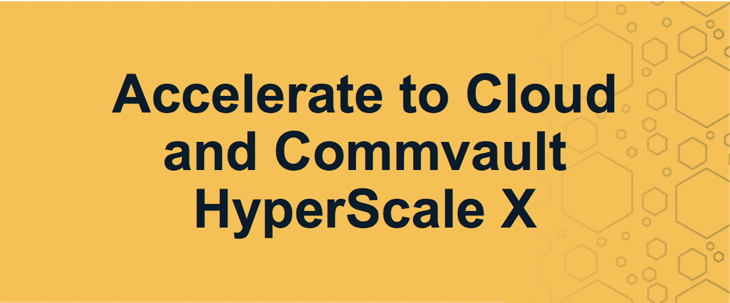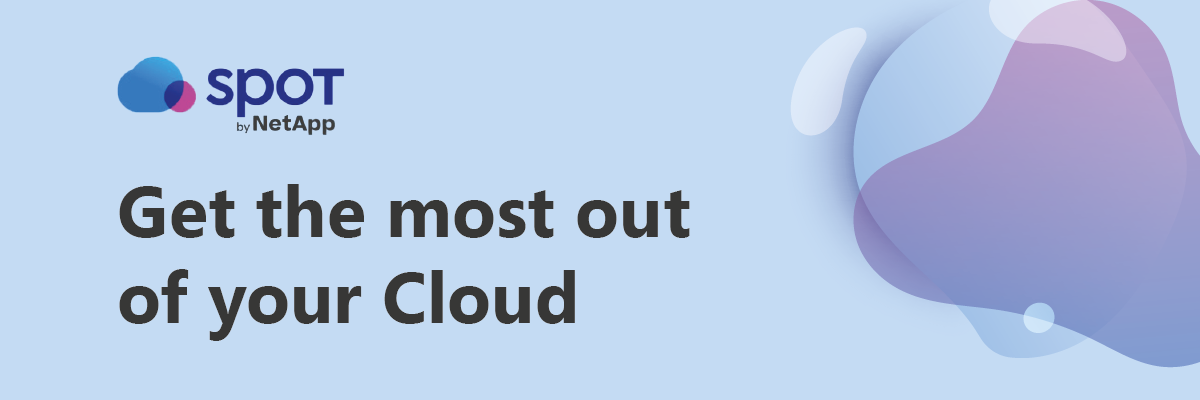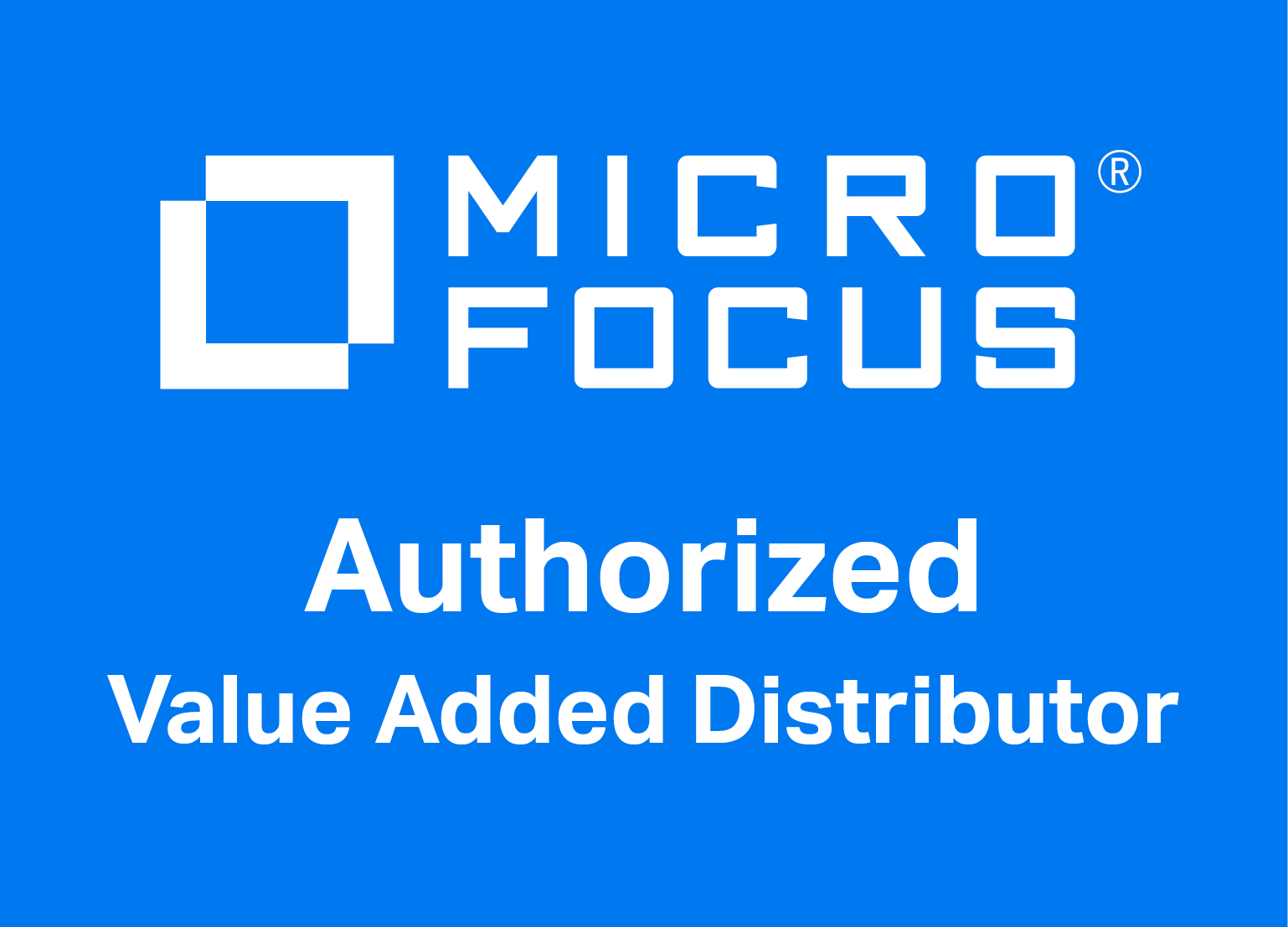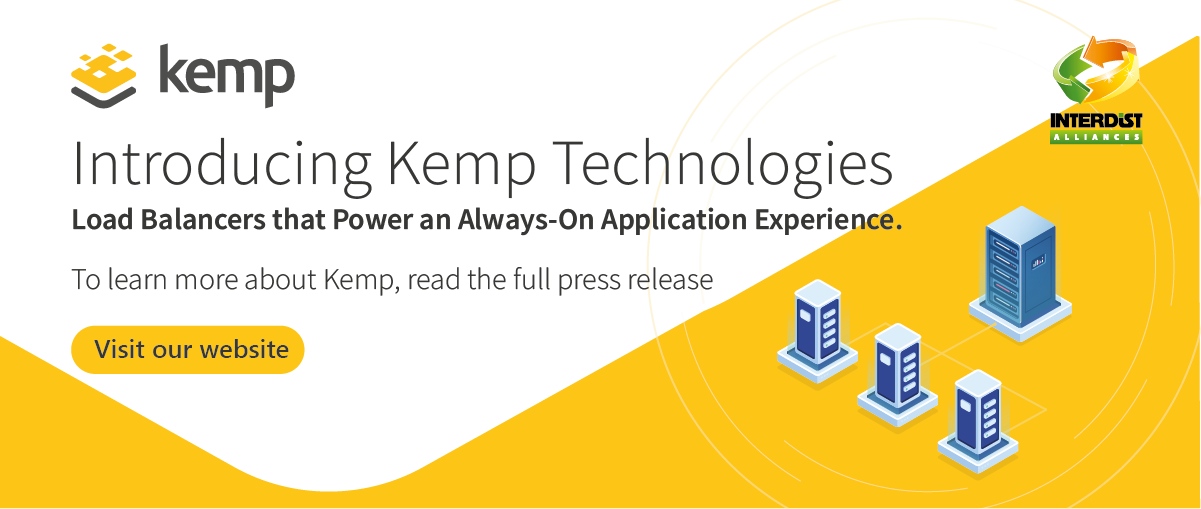The original concept of load-balancing and application delivery was uncomplicated. In the old architecture, a physical appliance deployed on site served as the central point to all the applications for load balancing, and security services. The networking world consisted of static boundaries and majority of the applications were served by the in-house locations.
However, the approach started to fragment quickly with the birth of cloud and virtualisation. Virtualisation enables many smaller load balancers to move and scale on demand, while the cloud dissolves the static network and security boundaries. Applications have become scattered throughout the cloud’s infrastructure.
Today, a central load balancer, serving all the application locations and types, no longer suffices. There is a high-priority need for a per-app application delivery controller (ADC) model of operation. Besides, the model should be available at the right price for the cloud, yielding customers the best return from their investment. In other words, the smart ADC model should be available at a smart price.
The cloud brings many benefits to organisations. It offers a pre-built global footprint, thereby, abstracting the many complexities of on-site I.T. infrastructure. One of the main benefits of the cloud is agility. However, if the cloud load balancing license model is rigid and lacks flexibility, the benefits of the cloud would be compromised by its price.
The costs of the Cloud
Every major load balancing vendor can satisfy the per-app ADC requirement; however, this is not the point at issue. The real issue is the associated costs, not from the cloud usage perspective but from the load balancer’s license perspective.
Clouds are expensive. Therefore, users are reluctant to overpay for the load balancing license when they are already paying a premium to use the cloud.
There is no magic formula or design configuration that gives the best cost ratio per license. The ideal practice could be to ensure that the consumption model must be understood and available with the vendor upfront. This would allow greater deployment flexibility at a reasonable cost.
License options – Perpetual & Metered (MELA)
Traditionally, KEMP have a perpetual load balancing license. The perpetual license fulfills use cases for both; the cloud and on-site, especially if the application is well understood in terms of usage and capacity.
The standard perpetual license locks the application into certain performance and feature metrics. It is useful in static environments but fails to accommodate growth or spikes such as when an application encounters a peak usage event.
Every network is a unique snowflake, with bespoke configurations, as is the application usage. More often than not application usage is not known and understood. Naturally, when something is not understood, you simply can’t apply a static framework around it and expect an optimal result. A perpetual license will not work with unknown use cases.
To overcome this challenge, KEMP Technologies offers what’s known as a metered license (MELA). A metered license is a month-by-month subscription, similar to that of a mobile phone subscription that includes a defined amount of usage for a fixed price with known costs for any usage beyond this.
For example, let’s say you are unsure and unaware of application peak usage and at times the number of load balancing cloud instances required may increase or decrease. This is a situation that certain users might come across quite often. In this case, users simply buy a 10GB license, covering all the instances and offering higher throughput at a fraction of the cost.
KEMP license structure permits 10GB of traffic and allows the deployment of as many load balancer instances in the cloud as required to satisfy the events of un-predicted or predicted traffic peaks. KEMP calculates the total peak for the entire deployed load balancing instances for that month. If it is less than 10GB, then it’s not a problem. Besides, if you do go over, even then it’s not a problem as there is an agreed surcharge.
The metered license model does not restrict operations. The instances are right-sized all the time regardless of peak usage.
F5’s – Enterprise License Agreement (ELA)
In comparison to KEMPs MELA licensing model; F5, offers what’s known as an Enterprise License Agreement (ELA). It consists of a pool of fixed licenses. Upfront, users pay for a number of licenses, issue them and invoke when required. It’s a simple model but comes with many restrictions.
The licenses are of fixed sizes so choosing a license will always be a balancing act between over-provisioning for normal use and under-provisioning for peak usage. This locks the applications down and has no granularity. Unfortunately, with this model, you will always be overpriced in terms of licensing. F5 ELA does not form the perfect marriage between load balancing, cloud deployments, and the associated licensing cost.
Applications are moving to the cloud. Organisations require a flexible consumption model in terms of licensing. KEMP metered licensing provides the right price for the cloud while retaining all the benefits that cloud and virtualisation have to offer.












